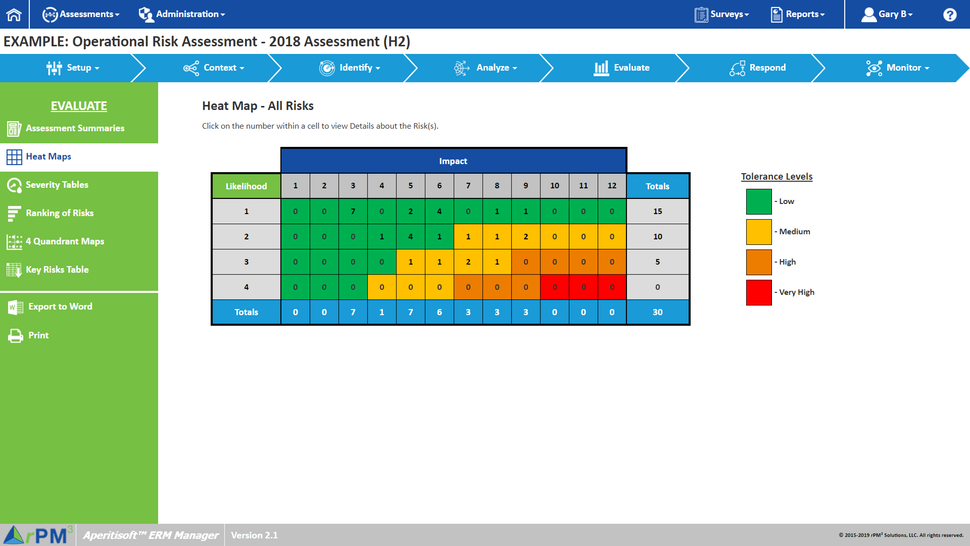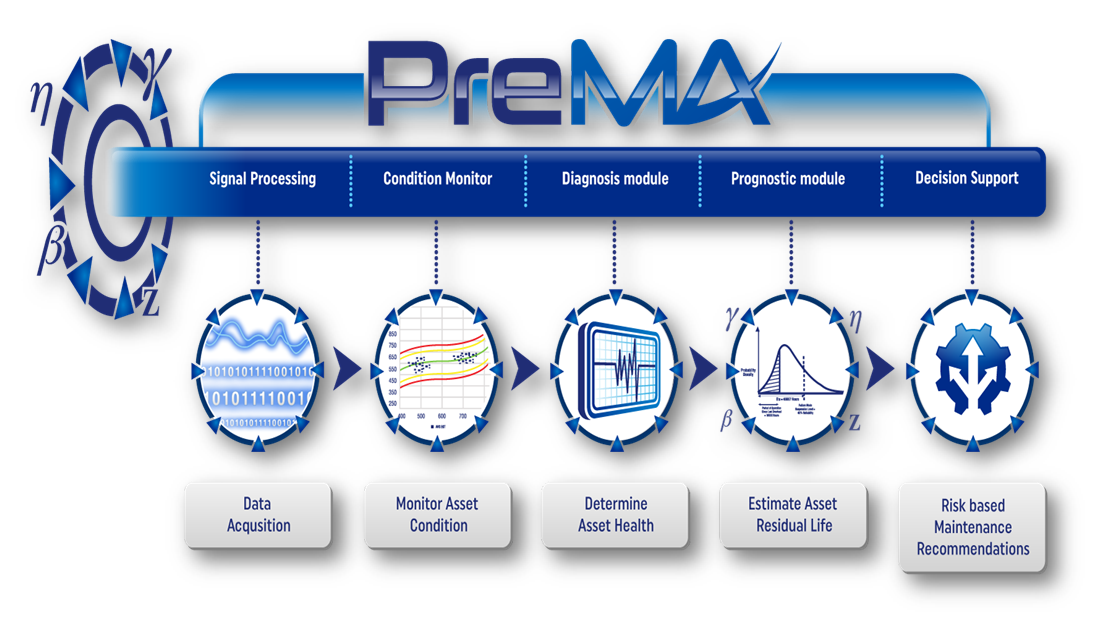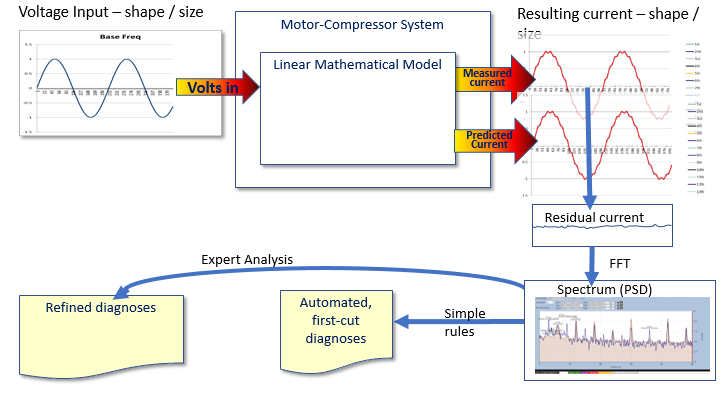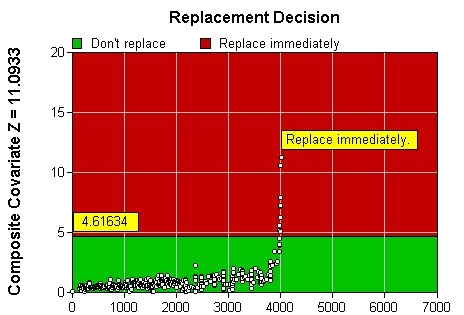Machinery Failure management
Autonomous, cost-optimized Maintenance Planning & Scheduling
“Prognostic accuracy is the key functionality needed to advance an integrated asset reliability program. Maintenance actions become synchronized with the overall business operational requirements of the system and the actions themselves are reduced to the safest minimum levels.” — Marton J. Dundics (Dundics Enterprises). PreMA bridges the gap between effective condition monitoring and maintenance planning and scheduling, with autonomous sensor-to-recommendation and scheduling functionality. Use the site contact form or email directly to PreMA@signar.com.
Universal Analytics Platform and lossless, high fidelity data
VSTREAM, the world’s fastest, most advanced vibration data streaming platform collects gap-free raw data at extremely high sample rates that enables perpetual, flexible, and robust development in prognostic and neuromorphic signal processing techniques. The lossless raw data can be converted, resampled, and transformed through limitless post-capture signal processing techniques that unravel statistically significant, previously elusive faults and characteristics. In addition to the online system, there is also the SV3X complementary portable version. Use our handy contact form or email directly to VSTREAM@signar.com.
Dynamic Digital Twin motion amplification and animation
TruTwin technology provides machinery and structural motion amplification, without cameras or phase reference markers. It turns typical machinery vibration data into a true animation of its relative movement. Captures comprehensive machinery vibration and vector data for AI and earlier identification of machinery faults. This is just one of the many patented innovations by VSC that resulted in their ranking 13th and 14th among the top 50 AI inventors in the US over the past 5 years.

Why PreMA?
(Thanks for asking.)
- Exploits Smart CBM+ Sensors – Vibration and Electrical Signature Analysis (ESA, MBVI)
- Provides AI/Machine Learning solution that delivers:
- Autonomous Anomaly Detection, Diagnostics, and Dynamic Remaining Useful Life (dRUL)
- Autonomous Dynamic Advance Planning and Scheduling that uses dRUL to deliver an optimized plan and schedule that is connected to Logistics and Resources for Maintenance Requirements
- Provides Logistics and Resource Optimization
- Moves from Time-based PMs to Condition-Based Right Maintenance at Right Time per AI/ML and Operational or Mission Requirements, to maximize Readiness
- Integrates other Monitoring and Management System signals and data
- Generates Optimized Dynamic Operational and Mission Readiness Calculations, based on Equipment Cumulative Damage/Reliability Forecast, constraints, and all other equipment compliance requirements
- Complies with Navy Cybersecurity Requirements
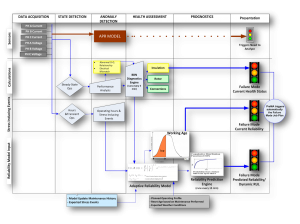
Download the PreMA brochure here:
Sensor-to-recommendation Autonomy
The current Predictive Machinery Analyzer (PreMA) system contains the newest Autonomous Planning and Scheduling (APS) module. It provides autonomous, cost-optimized planning and scheduling (more precisely than humans do) to meet operational, mission, and production demands. Clients with critical applications in power gen, steel, petro-chem, pulp & paper, data center, and even the newest guided-missile frigates (the USS Constellation – FFG62 Class), capitalize on PreMA upside risk every day. So can you, if you inquire within.


Advanced sensing modalities
One of PreMA’s advanced detection and diagnostic capabilities exploits the use of MBVI technology (model-based voltage and current). No accelerometers, no wireless motes and transmitters and batteries, no route-based data collection, no problem with inverter-driven equipment, and no problem with inaccessible machinery test point locations.
your motors are the sensors
MBVI technology is superior to other predictive condition monitoring methods. Coupled with high-powered machinery health assessments, extremely accurate failure modes-based diagnostics, prognostics, repair/replace economic decision support, maintenance job plans and optimized scheduling, PreMA delivers on the promise of sensor-to-recommendation (and scheduling) autonomy.

There is a PreMA system for every machine type.
Got pumps? Get Autonomous Motor-Pump (AMP).
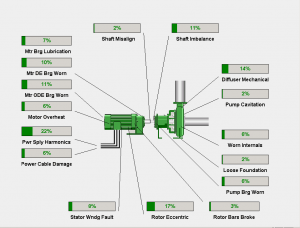
The AMP Analytics Engine uses reliability engineering context, machine learning, and AI based reasoning approaches to automatically calculate equipment current health, current & future reliability, dynamic remaining useful life (dRUL) of the motor and driven pump components. It identifies what and when specific maintenance actions need to be accomplished.
Download the AMP brochure here:
Email request for demonstration to:
Got fans, compressors, diesel engines, generators…?
Get a PreMA Smart Machine System.
Or, are you more business-oriented?
transform your reliability program into a measurable, automated business management process by integrating total cost-of-risk
do you know your total cost-of-risk ? …or that it typically
exceeds 20% of revenue?
our Solutions Transform your reliability Risk program into a measurable, automated business management process
your operating model is designed perfectly to give you the results you get
Based on your historical financial data, our experts can provide you with a comprehensive picture of your Total Cost of Risk (TCOR). THE RESULTS WILL ASTOUND YOU! (Results are typically 20%+ of your revenue.)
Using TCOR to analyze your strategic risk profile, our team of talented and experienced SMEs is able to identify the indirect costs of failure management and put physical asset reliability into perspective. Based on that perspective, in combination with knowing the technical options and related costs of failure management at any given level of reliability, our experts optimize the level of reliability required to drastically reduce your TCOR.
We use battle-tested “sensor-to-recommendation” automation to drive maintenance activity, control cost, and measurably link your enterprise risks with strategic planning and corporate financial performance. We design, implement, and benchmark failure management systems (technologies & methods), and operational risk frameworks, processes, and systems by looking at the drivers of operational risk and failure management. What’s more? Using reliability quantification and prognostic health management technologies we even link failure risks to maintenance planning (CMMS) and decision-making, to support plant’s force with diagnostics, prognostics, and optimal failure intervention timing, with respect to cost and production or mission requirements.
If 85% reliability isn’t good enough then how about 95% or 99.9%? Or is it an unknown value that you wish you could quantify and control? Or would you simply like a better understanding of the options so that you have a higher confidence level in making the absolute best use of investor funds? Reality is that reliability is precisely controlled in nuclear power generation, the airline industry, military applications, and many other asset- or mission-intensive industries. But perhaps that’s more reliability than you need. Perhaps not. So the critical question to consider is, just how much reliability do you need? And no, the answer is not “just a little more”.
Leveraging the power of automated diagnostics, prognostic accuracy, economic decision support, and correlating it to financial impact at the corporate level is complex, due to both the sophistication of the methodologies and technologies but also due to the many interacting parts of an integrated system. The pieces to this puzzle have scalable, multi-dimensional lines of interoperability, stakeholder value, cost-of-risk, uncertainty, and sustainability.
Properly executed, we transform your reliability program into a measurable business management process.
Based on your business requirements for asset and system performance, we determine appropriate methods of failure management to optimize (not minimize) Prognostic Health Management cost-of-risk. We see ‘Liddle’ things (a la Liddle and Simon v. IRS) like “Bonus Depreciation” and wonder how that squares with industry-standard equipment wearout curves, which happen to be flat!
But hey, there are no paradoxes in accounting. Right?
Got questions about failure management?
- Your plant is already equipped with high-end sensors and all you have to do is plug them in to our MBVI systems for advanced monitoring and analysis of your rotating equipment.
- And those same little black MBVI boxes you plug into will also facilitate energy use surveys and analysis.
- You don’t have to change batteries in wireless sensors with MBVI technology.
- Your CMMS can be super-charged for integration with prognostic health management systems.
- Integration risk control starts with ‘sensor-to-recommendation’ autonomy.
- Your asset maintainers will know the probability of failure now and what it will be at any point in the future. Our programs inform them of optimal interventions.
- They can also know the cost of equipment repair or replacement now and what it will be at any point in the future.
- A “Smart Machine” system is about all most applications will ever need. Better ask about this one – it’s a paradigm shifter.
“Proliferating oceans of condition data have outpaced the limited human resources that can be dedicated to CBM decision making. The solution is to automate CBM – not only the collection of data but also its interpretation.” (Automating CBM, Murray Wiseman – Living Reliability)
…or questions about cost of risk?
- A newly patented cost-of-risk accounting and analysis business method, based on the notion that optimized RISK drives FAILURE MANAGEMENT to produce EXPONENTIAL results, actually links failure management cost and strategic planning.
- A ‘deep dive’ into your key risks and exposures will assure your controls, mitigation strategies, insurance and risk financing provide you with the most cost effective results.
- We have a perspective that insurance brokers can’t provide with hands-on expertise in exposure analysis, total cost of failure, insurance coverage, cyber security, business continuity and more.
- Our software is specifically designed to mimic how risk and risk management actually function in the real world.
- Now there is a way to measure the effect of risk on the business cost structure and performance.
- Our systems create the benefits of managing multiple failure management processes and projects in one place by replicating the essential workflow and processes inherent to every form of risk or control-based assessment.
“The solution is to automate…not only the collection of data but also its interpretation.” (– Wiseman.) And now, with superior prognostic accuracy and economic decision support from PreMA, even the maintenance process itself can be synchronized with the reliability platform.

